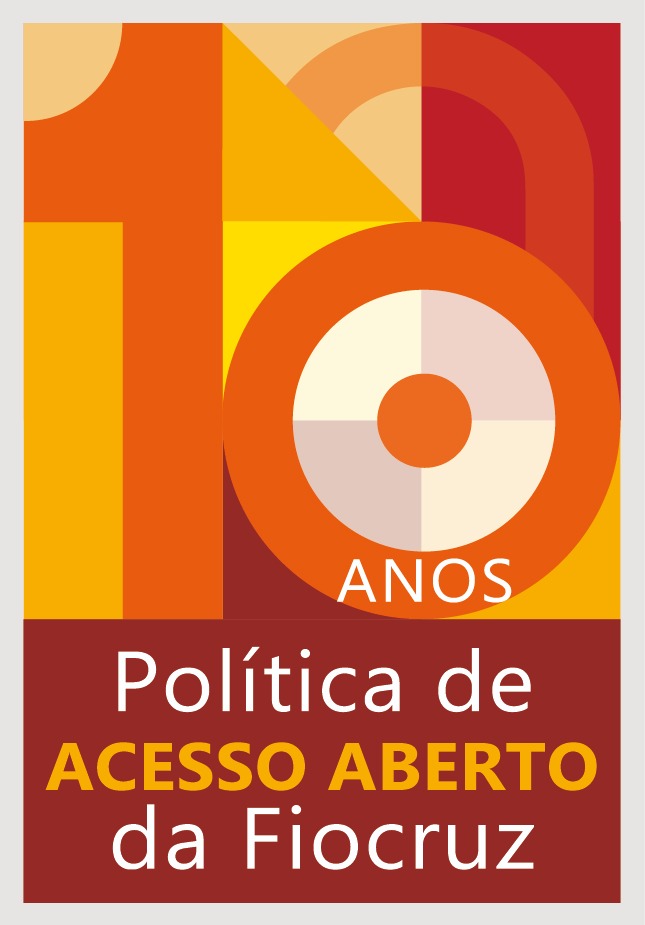Data from Fiocruz InfoGripe show that many states are still climbing up the first wave of new weekly cases of Severe Acute Respiratory Infection (SARI). This is the ongoing situation in all states of the Southern region, in addition to Sergipe and Mato Grosso do Sul. Other states are already showing signs of the beginning of the so-called “second wave”. The analysis refers to Epidemiological Week 29 (between 12 and 18 July).
That is the case of the states of Amapá, Maranhão, Ceará and Rio de Janeiro. In these states, the number of new weekly cases is now climbing again, after reaching a peak and then beginning to drop. InfoGripe coordinator, Marcelo Gomes, notes that in the state of Alagoas the number of cases is now growing again without ever having dropped at all. “SARI figures are still strongly linked to Covid-19: among the cases that tested positive for respiratory viruses, 96.7% of cases and 99.1% of deaths came back positive for the new coronavirus”, states Gomes.
National context
Up to this moment, this year a total of 289,946 cases of SARI have been reported, of which 145,020 (50.1%) have laboratory tests positive for some respiratory virus, 83,572 (28.8%) came back negative, and about 41,750 (14.4%) are still waiting for the lab results. Among the positive cases, 0.8% had influenza A, 0.4% influenza B, 0.7% syncytial respiratory virus, and 96.7% Sars-CoV-2.
In the national context, the data show maintenance of the growth rate of new weekly cases, after a slight drop observed in May. The figures are still well above the level of cases that is considered very high. According to estimates, there have been 76,934 deaths by SARI so far, the number varying between 74,888 and 79,792 up to the end of week 29.
“According to what we have been monitoring, the situation is very heterogeneous in different regions and states in the country. This means the national score is not a good indicator to define local actions”, comments Gomes.
States with altered trends
The state of Rio Grande do Sul has not seen any signs of possible stabilization; is growing trend is stable. The trend of possible beginning of a fall in Bahia has not been confirmed either, and so far it looks like the situation is stable. Tocantins is now stable after a growth period. Among the states that had displayed a reduction in previous reports, Pernambuco and Espírito Santo both now seem to be stabilizing.
Paraíba, Distrito Federal, Amapá and Minas Gerais are stable after a period of growth, now reaching a plateau. Although a discreet fall was reported in May, São Paulo shows signs of stabilization with weekly figures still close to the maximum numbers observed this year. In Rondônia and Goiás, a possible beginning of a drop has been confirmed, after reaching a first peak in the number of new weekly cases.
In the remaining states, no changes were observed in the previous trends: signs of a fall in most Northern states have been maintained, while signs of growth in all of the Southern states and heterogeneous situations in the remaining regions are still in place. All states still have numbers of new cases per week considered to be very high.
InfoGripe
Created in 2009, the InfoGripe initiative was created to monitor and present alert levels for reported cases of Severe Acute Respiratory Infection (SARI) in the Information System for Reported Diseases (Sinan). The data are presented per state and per surveillance regions for flu-like syndromes.
The product is the result of a partnership between researchers of the Scientific IT Program of the Oswaldo Cruz Foundation (Procc/Fiocruz), of the School of Applied Mathematics (EMAp) of the Getúlio Vargas Foundation (FGV), and of the Influenza Work Group of the Public Health Surveillance Secretary of the Ministry of Health (GT-Influenza/SVS/MS).
![]()
![]()
![]() O conteúdo deste portal pode ser utilizado para todos os fins não comerciais, respeitados e reservados os direitos morais dos autores.
O conteúdo deste portal pode ser utilizado para todos os fins não comerciais, respeitados e reservados os direitos morais dos autores.



